Over on the Apple Documents It claimes you can make an infinitely sized SKTileMap
Generating procedural game-world maps resembling natural terrain. You can create game world of infinite size by using procedural noise as its underlying representation, and manage storage and memory efficiently by creating noise maps (and their visual representations) only for the area around a player’s current position. (See the SKTileMap class.)
I can generate realistic terrain with GKNoise like the Apple Documents claim you can.
I cannot, however, make 1 giant infinitely sized SKTileMapNode it would be to intense to run on a device
The Apple Documents say to make an SKTileMapNode only around the players current position (like chunks in minecraft)
how can I achieve this in swift? my RPG needs to be infinitely sized to achieve everything I want to do with this game.
I need the "chunks" to be SKTileMapNodes because I need trees, stone, water, etc. to be added to the map so the player can interact with it.